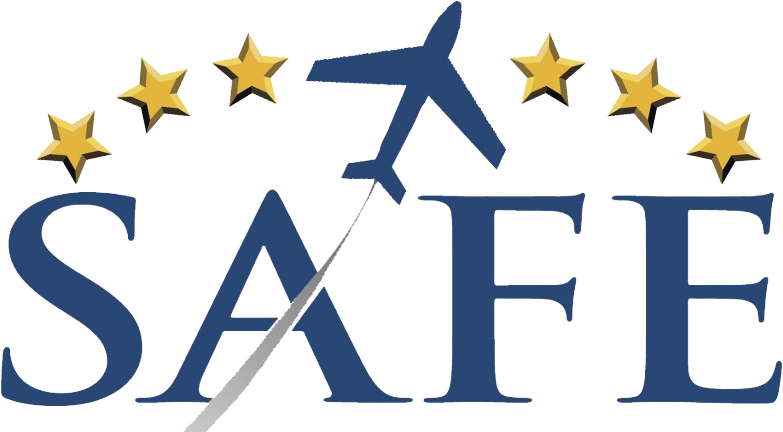 The number one reason aircraft end up in the weeds is still lack of fuel to the engine(s); starvation 0r exhaustion. The gauges on small planes have always been unreliable and estimates are subject to error and excessive optimism. I am sure that you, like every other pilot trained, has been counseled repeatedly “never trust your fuel gauges.” And this is for the very good reason that their reliability has been terrible. (and there are easily explainable reasons for the inaccuracy)
The number one reason aircraft end up in the weeds is still lack of fuel to the engine(s); starvation 0r exhaustion. The gauges on small planes have always been unreliable and estimates are subject to error and excessive optimism. I am sure that you, like every other pilot trained, has been counseled repeatedly “never trust your fuel gauges.” And this is for the very good reason that their reliability has been terrible. (and there are easily explainable reasons for the inaccuracy)
One of the many blessings of new aircraft is the amazing accuracy they demonstrate when fueling (provided you input the new data correctly!) We now often verify a top off to within a tenth of a gallon. And now CiES, an innovative company based in Bend, Oregon, has developed a highly accurate, reliable magnetic field fuel quantity sensor STCed for installation in just about every GA aircraft. Their testing data and verification of accuracy and durability is amazing.If you honestly want to manage a major risk factor in your flying, installing accurate fuel gauges is hard to ignore. But how will our industry react to this news?
I can bet many pilots and educators will continue to preach “never trust your fuel gauges.” And though I certainly would agree with that advice if they mean trusting as a single source of data, wouldn’t it be great comfort to finally have an accurate, reliable depiction of acutal fuel on board to compare with a calculated estimate (to filter out gross errors)? Of course we also know the tragic irony is that despite absolutely accurate fuel readings, pilots will still continue to run out because they can cut their margins even closer (hard to defeat human “ingenuity”). Has anyone out there tried these new units and can offer a testimonial? Even the 1946 bobber in my 7AC Champ is nervous.
 Another bit of tech wizardry in modern planes is the “envelope protection” from Garmin and Avidyne built into new airframes (just when we are advocating pilot “envelope expansion” for safety).
Another bit of tech wizardry in modern planes is the “envelope protection” from Garmin and Avidyne built into new airframes (just when we are advocating pilot “envelope expansion” for safety).
I was instructing commercial steep turns for a commercial twin add-on in a DA-42 and the machine made it clear a 50 degree banked turns was “unacceptable” for “normal operations.” It took a little digging in the manual to discover the the setting in the G-1000 to disable this feature (continuously operational even with autopilot off). Better guidance from Garmin is here and for Avidyne systems here. Until I learned more I had a “Max-8 moment.” And even with the control servos disabled the alarms go off to let you know you are “too steep.” It’s a brave new world out there with something to learn everyday. Fly safely (and often).

Join SAFE to support our safety mission of generating aviation excellence in teaching and flying. Our amazing member benefits pay back your contribution (like 1/3 off your annual ForeFlight subscription)! Our FREE SAFE Toolkit App puts required pilot endorsements and experience requirements right on your smartphone and facilitates CFI+DPE teamwork. Our CFI insurance was developed specifically for CFI professionals (and is the best value in the business).

